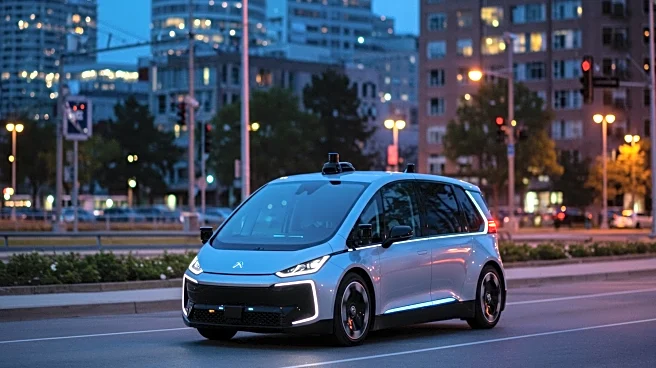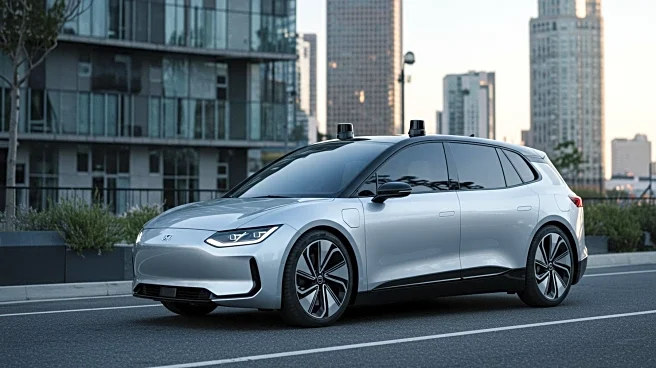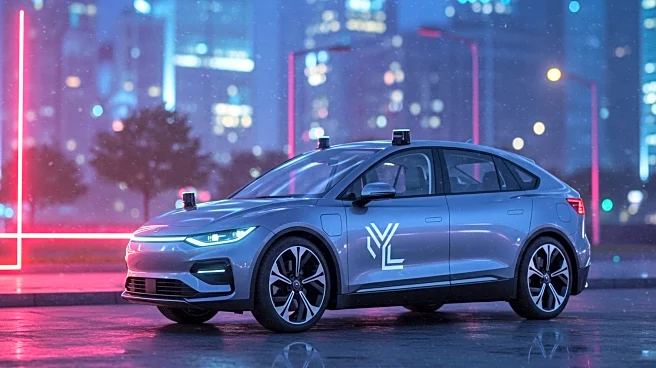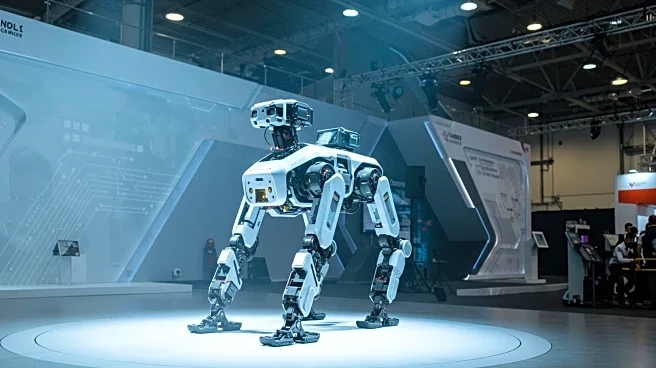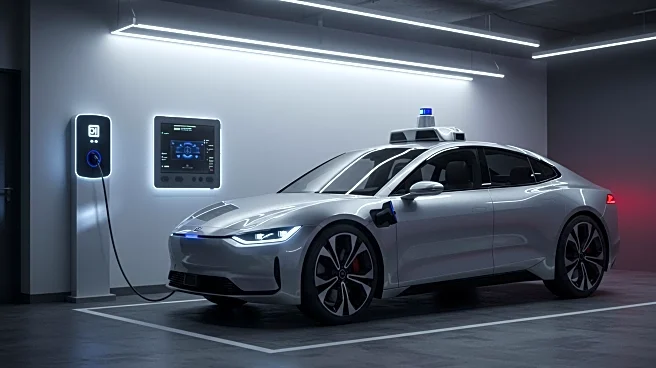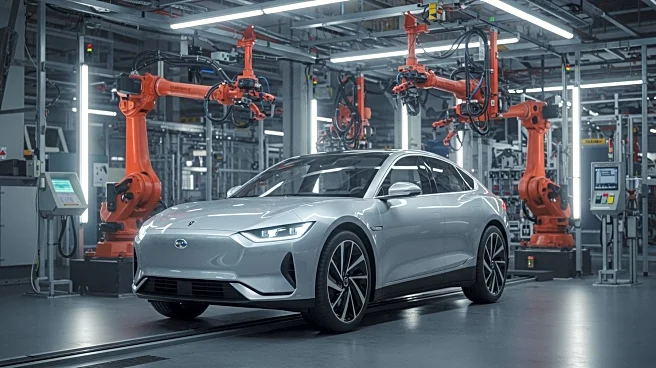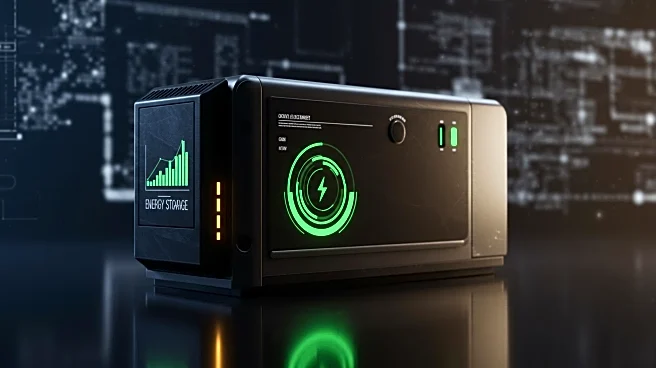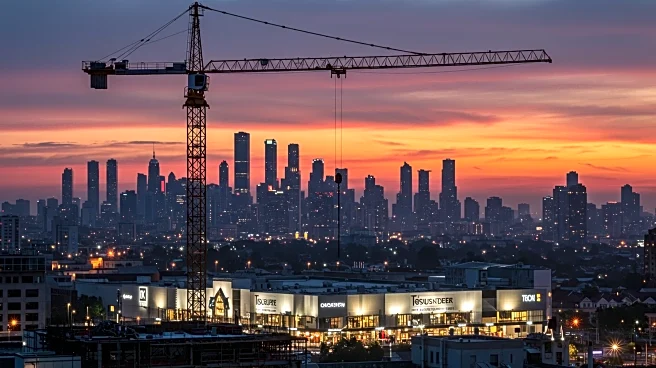What's Happening?
Tesla has launched its robotaxi service in Austin, marking a shift from hardware sales to recurring revenue models. The service is initially available to a limited group of users, with plans to scale operations. Tesla's robotaxi business is projected to represent a significant portion of its enterprise value by 2029, capturing a share of the estimated $10 trillion global robotaxi market. The company is leveraging its vertically integrated manufacturing, extensive data collection, and cost efficiency to expand its service area. Tesla's approach contrasts with Waymo's, which relies on partnerships with automakers. The competition between Tesla and Waymo is intensifying, with both companies expanding their autonomous service areas in Austin.
Why It's Important?
Tesla's entry into the robotaxi market represents a major shift in the transportation industry, potentially disrupting traditional ride-hailing services. The company's vertically integrated manufacturing and data-driven approach could provide competitive advantages, allowing it to scale rapidly and reduce costs. This development may influence market dynamics, with Tesla poised to challenge established players like Waymo, Uber, and Lyft. The expansion of robotaxi services could lead to increased accessibility and efficiency in urban transportation, impacting traffic patterns and reducing reliance on human drivers.
What's Next?
Tesla plans to continue expanding its robotaxi service across other U.S. regions, leveraging its manufacturing capabilities and data collection to enhance service coverage. The company aims to overcome regulatory challenges and establish a federal framework for autonomous vehicle deployment. As Tesla scales its operations, it may face competition from Waymo and other industry players, prompting further innovation and strategic partnerships. Stakeholders, including policymakers and transportation agencies, will likely assess the implications of widespread robotaxi adoption on urban infrastructure and public safety.
